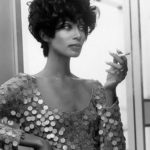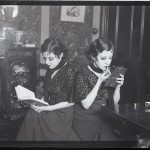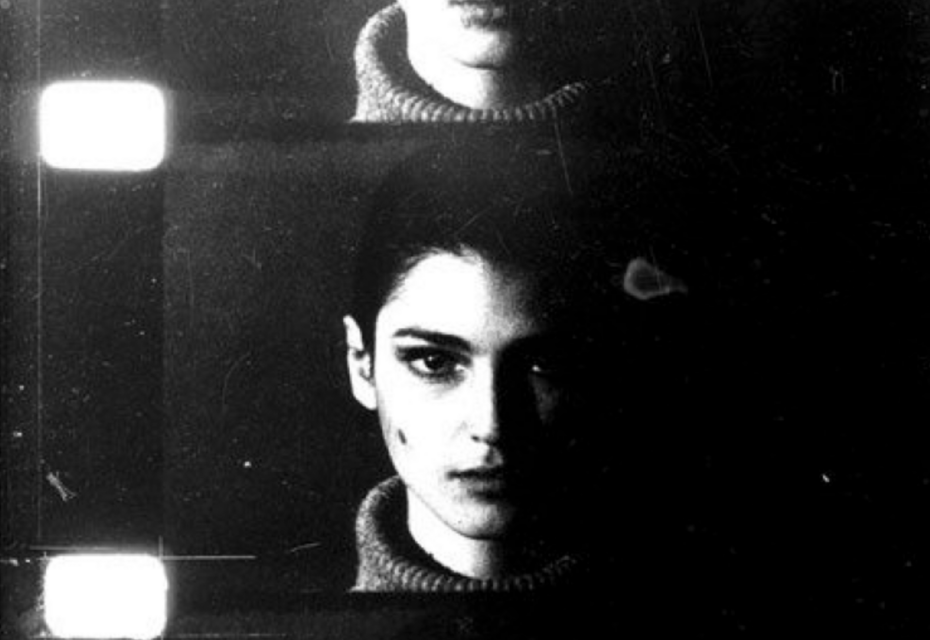
Remember the supermodel-celebrities of the nineties, the ones who wouldn’t get out of bed for under $10 000 a day? Casting a glance a little further back into fashion history, there’s a host of equally noteworthy style muses with diverse achievements in politics, education, literature and entertainment (… mind you, their celebrity romances were rather juicy too). Maxime de la Falaise, China Machado, Benedetta Barzini, Daisy Fellowes, and Donyale Luna; the astonishing modelling careers of these women may in fact be the least interesting aspect about them.
Benedetta Barzini
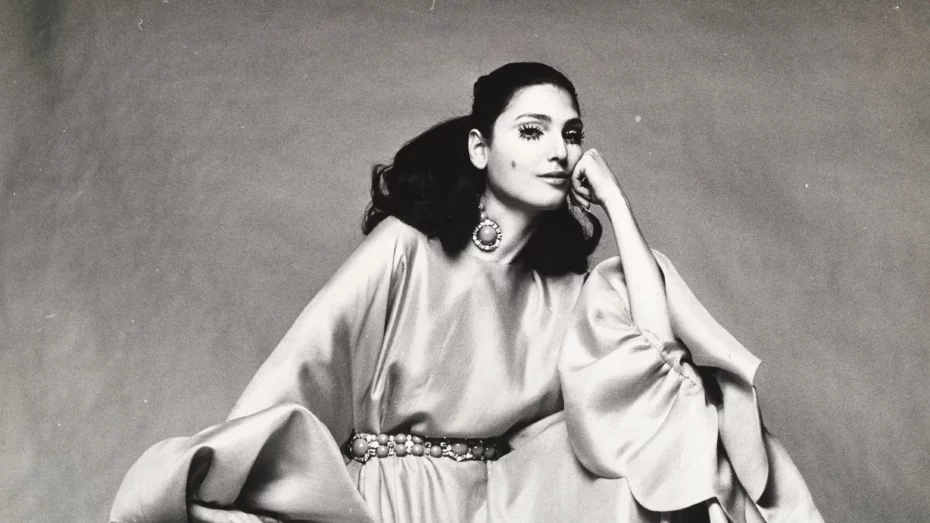
Benedetta started her career as a model who is still, at age 80, gracing the odd magazine or catwalk, decades after she was the first Italian on the cover of American Vogue and the first to appear on the cover of the very first Vogue Italia in 1965. An ageless beauty with a pared-down, nonchalant take on her own personal style, she worked with giants like Richard Avedon, Andy Warhol and Irving Penn. She is also a single mother, journalist, author, lecturer, political activist and staunch feminist, a fighter for women’s rights and volunteer at her local hospital – a woman of steely resolve and resolute personal conviction. She’s been refreshingly open about the numerous personal challenges she has encountered despite having been born into wealth and privilege. She’s frank about the impossible relationship with her mother and clashes with her right-wing father, about being brought up by governesses who kept being fired (she counted over 17), juvenile court battles at the age of 14 (to stop her mother from interfering) and being abandoned by a husband on the very night she gave birth, to raise twins on her own.
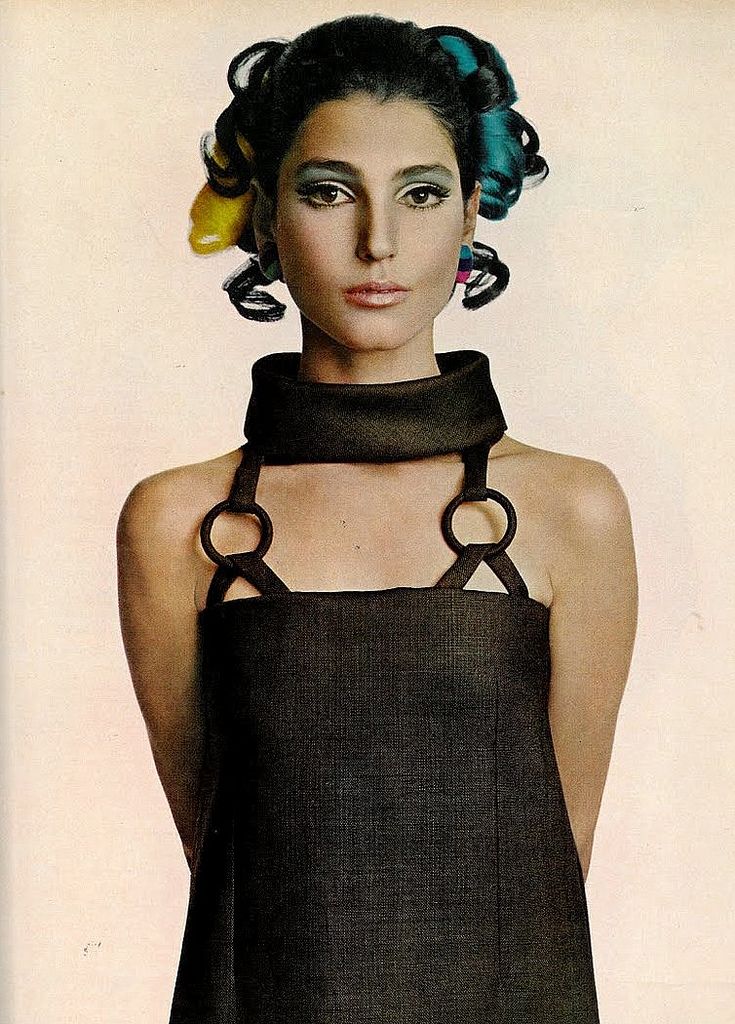
At the age of 20 she was ‘discovered’ in Rome, and immediately taken under Diana Vreeland’s wing. She featured on the cover of American Vogue, the image shot by Irving Penn and was instantly signed up with Ford Models. American Harper’s Bazaar named her one of the ‘100 Great Beauties of the World’ in 1966. While training as an actor, she met and got engaged to Beat poet Gerard Melanga, a collaborator of Andy Warhol’s and in 1967 starred in Melanga’s short film In Search of the Miraculous. She became a fixture at Warhol’s Factory and muse to creatives like Lee Strasberg, Richard Avedon, Bert Stern and Salvador Dali.
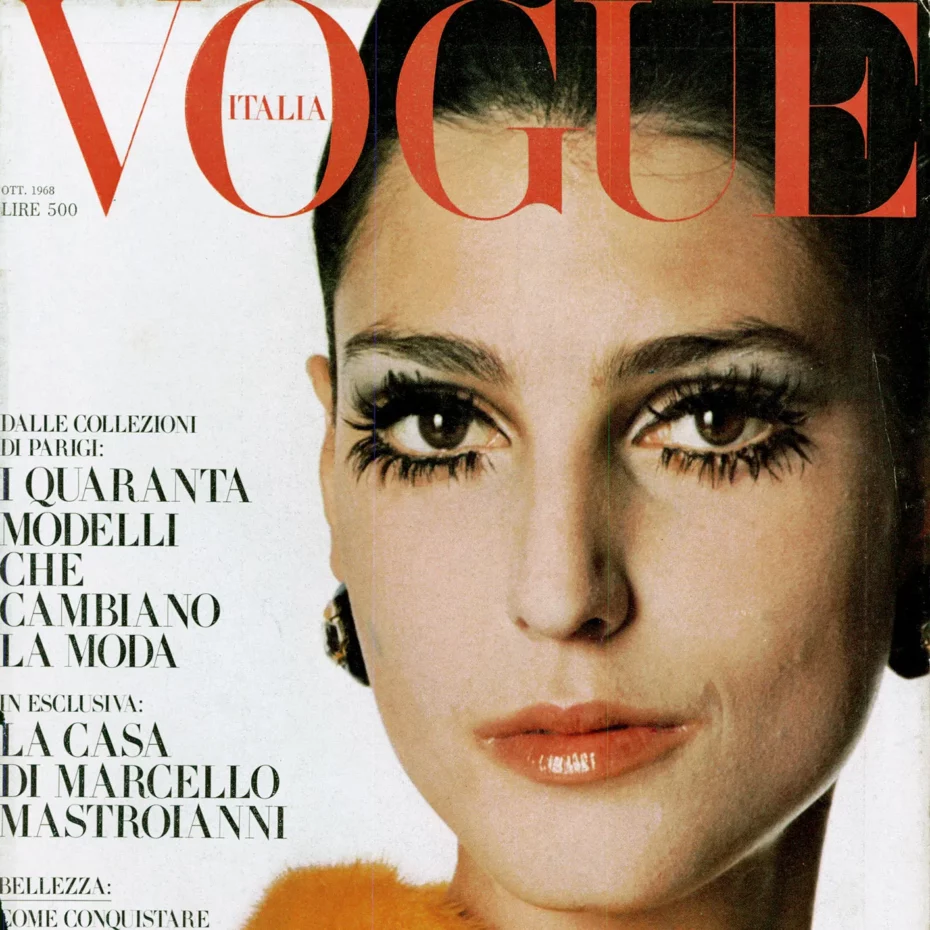
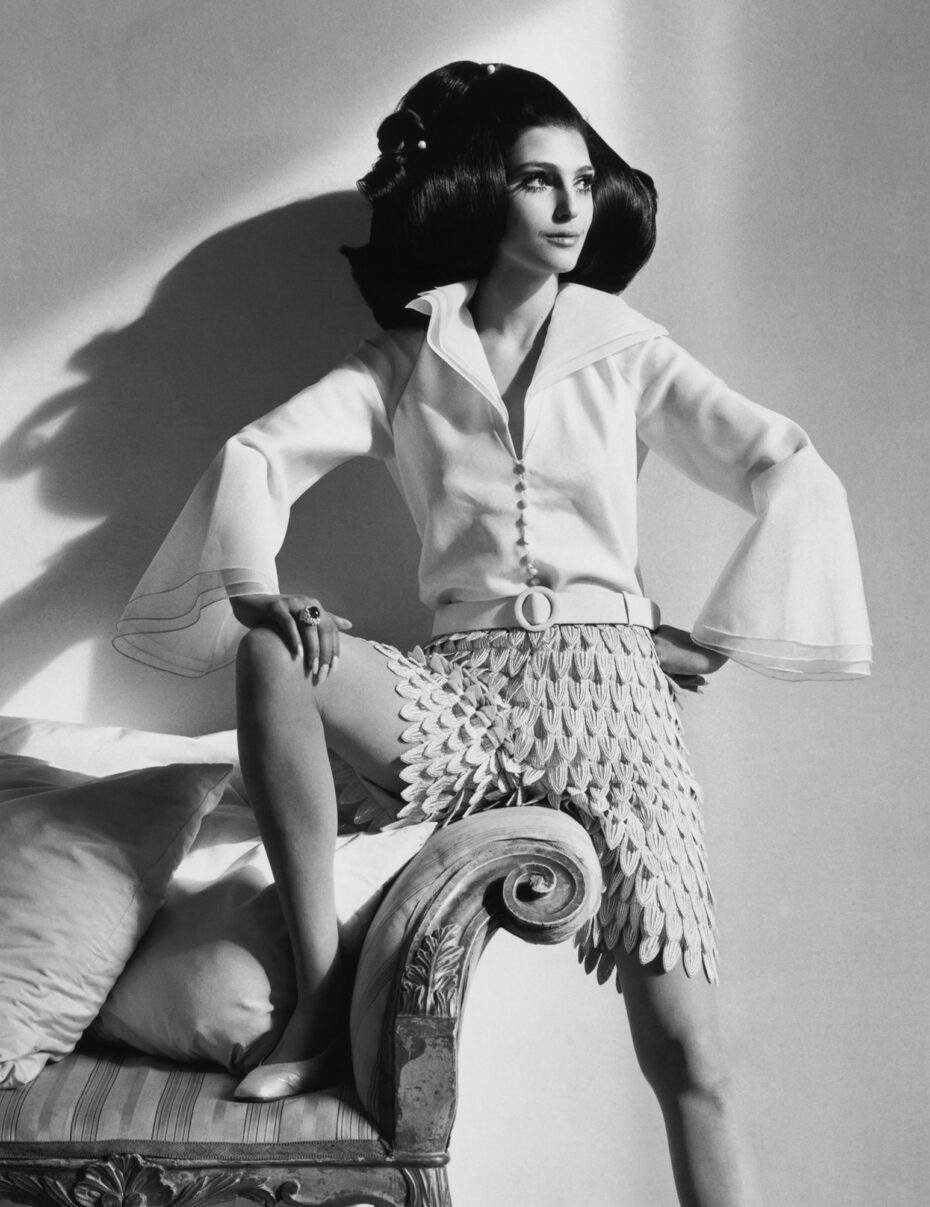
She returned to Milan in 1968, disgusted with being a ‘prop’ and a muse, and married film director Roberto Faenza a year later. He did the unthinkable and left her on the night their twins were born. In Milan she joined the Italian Communist party (to the fury of her politically-active father) and focused her energies on health courses for factory workers. She married again and had two children with designer Antonio Barrese; this union lasted seven years. Over the next two decades she taught subjects that concern women, especially working-class women, at local universities (as a feminist she has always been critical of the objectification of women’s bodies, and particularly so the world of fashion where a model is perceived as ‘game’ to ‘predatory’ photographers). Her philosophy on aging is legendary – she sees it as a natural, beautiful process, and stresses that inner beauty is far more valuable than what’s on the outside. She has published various books on feminism and aging over the years.
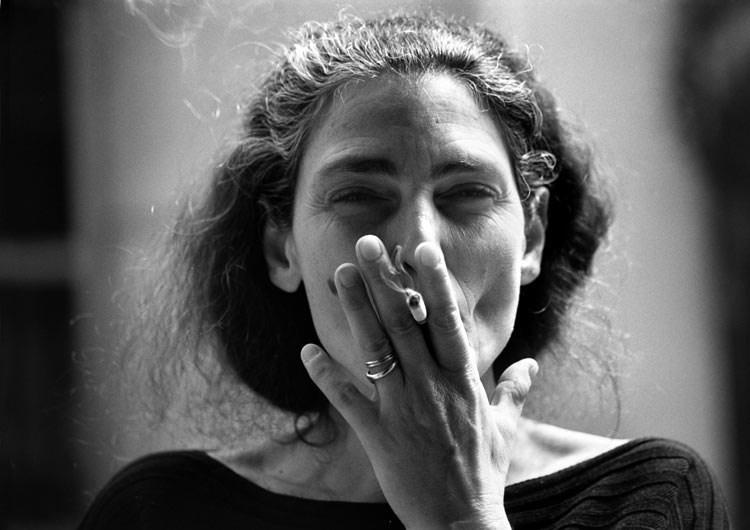
She can’t seem to escape fashion: in 2015 designer Antonio Marras dedicated his Fall collection to her, in 2016 she starred in Simone Rocha’s show, in 2018 she featured in a photo shoot for Vogue Italia and in 2021 she became the face of Gucci’s cosmetic line. Milan City Council awarded her a gold medal for civic honour for her work on debunking the stereotype of the ‘brainless’ photo model, and in 2018 she received the acclaimed Proctor & Gamble Victoria Award for her contribution to contemporary women’s issues. Now if that’s not a supermodel, we don’t know what is.
In 2019 her son Beniamino Barrese made a documentary on his mother, The Disappearance of My Mother which was shown at global film festivals.
Donyale Luna
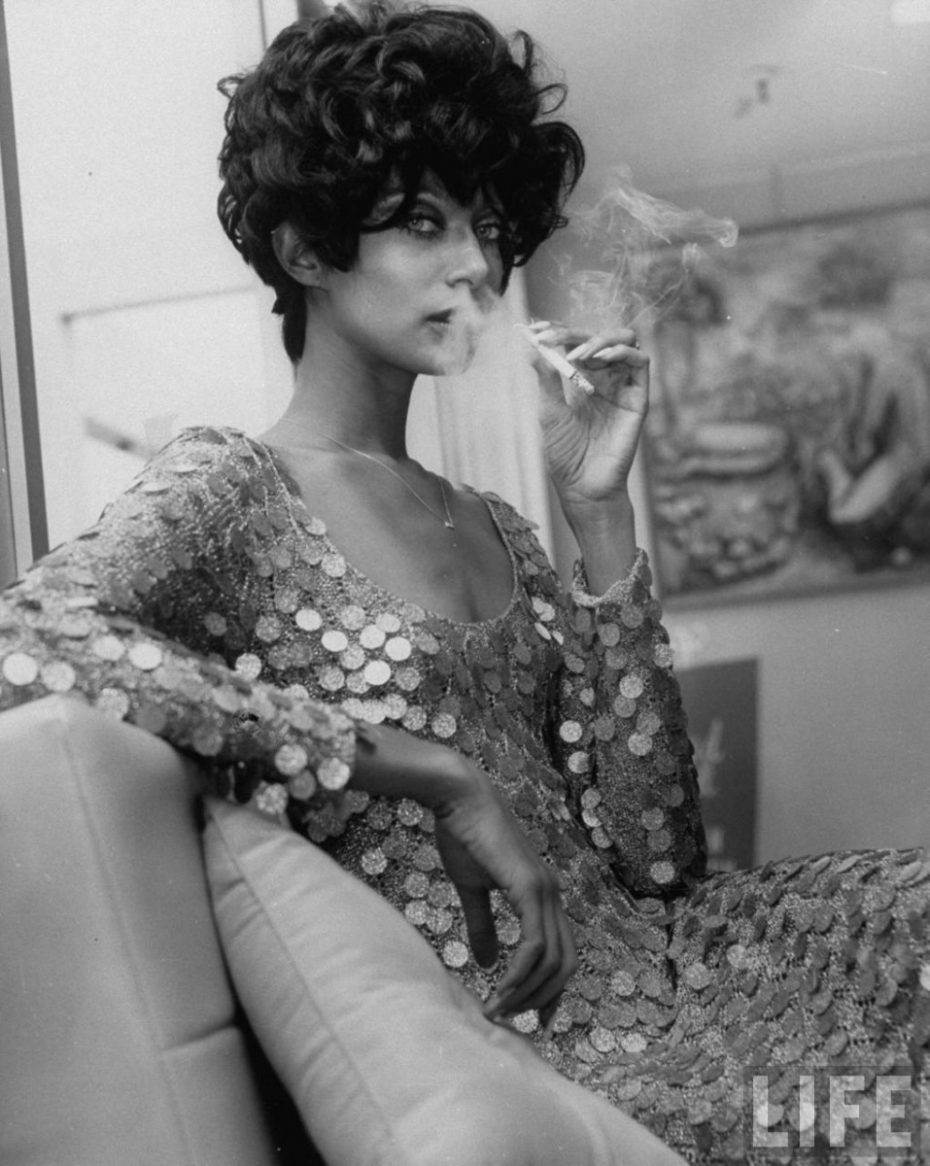
Donyale Luna didn’t just walk the runway. She took it to outer space. “Ask her where she’s from – Mars?” said fellow Black supermodel Beverly Johnson about Luna’s trailblazing legacy, “She went up and down the runways on her hands and knees [….] She doesn’t wear shoes, winter or summer.” As an actress, and arguably the world’s first Black supermodel, Luna was a lighting rod of 1960s counterculture. She was a fixture of sparkling artistic circles, acting in films by Warhol, Fellini, Antonioni, and others. She was the first Black woman to grace the cover of British Vogue in 1966 – that’s nearly a decade before Johnson did the same on American Vogue – and was utterly dedicated to her quest for individuality, and self-expression. Sometimes, that meant doing the robot on the runway.
In 1979, Bill Cunningham waxed poetic about her runway performances, “Her body moves like a panther, her arms, the wings of an exotic bird…The audience responds with shattering applause – for the model’s performance rather than the designer’s clothes. It is the birth of a new fashion era – that of the spectacular show that rivals any on Broadway.”
Born Peggy Ann Freeman in Detroit, 1945, her stage name “Donyale Luna” was self-fashioned in a fabulous act of teenage autonomy. No wonder she got along with Salvador Dali. The road from Detroit to Dali (and beyond) demanded a lot from Luna. As a charismatic, 6 ft 2 in (1.88 m) tall woman with seriously soul-piercing eyes, the most cutting edge talents in the fashion world knew she could become the new It Girl.
This scene of her from Skidoo (1968) is the perfect testament to her gamine glamour. You just can’t take your eyes off her:
She brought that energy to almost a dozen films in her life, perhaps most notably in Andy Warhol’s iconic screen tests. She didn’t become one of the pop artist’s “superstar” muses to the Edie Sedgwick extent – perhaps a good thing, given the toxicity of Warhol’s Factory scene – but she was immortalised in one of his screen tests, the 1965 film Camp, and the short film Donyale Luna in which she played a larger-than-life Snow White.
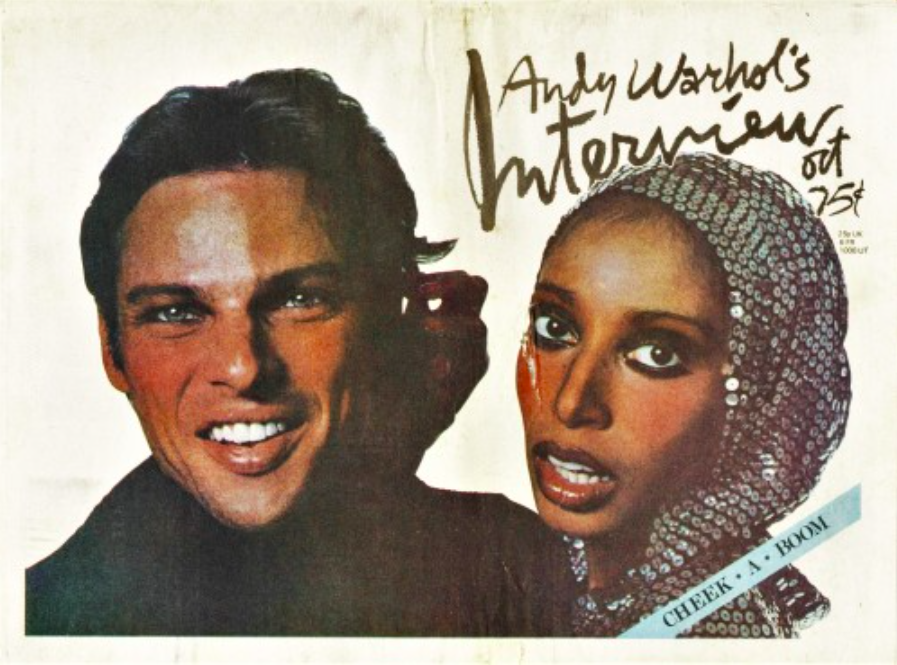
Luna met Warhol upon moving to New York City in 1964, a few years after she was discovered as a teen by fashion photographer David McCabe. New York was an excellent launching pad, helping her land work at prominent fashion magazines. But Europe was where things really took off for Luna, who modelled for Yves Saint Laurent, Courrèges, and Valentino. In May of 1966, she made the groundbreaking cover of British Vogue with a pose inspired by Picasso’s angular portraits:
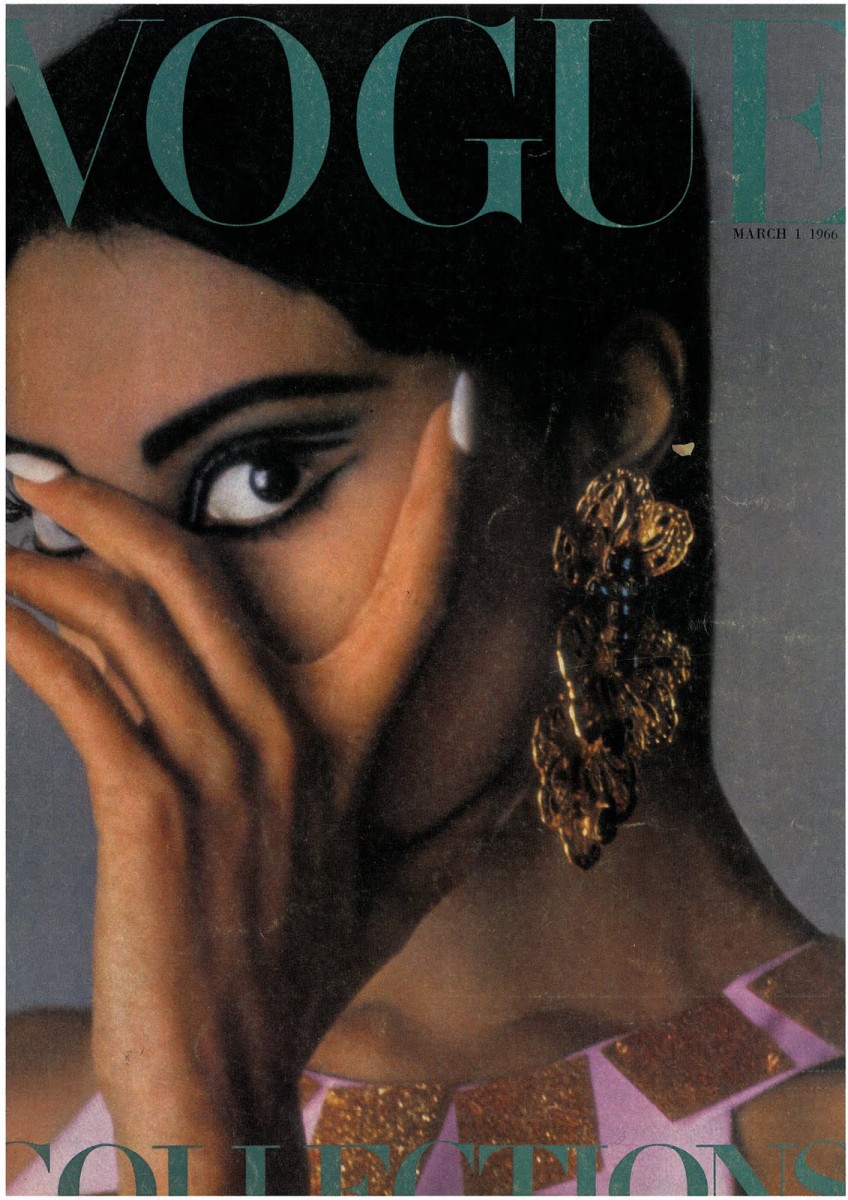
The magazine’s editor, Beatrix Miller, said she chose Luna for her “her bite and personality.” Still, Luna was a multiracial woman in a whitewashed industry. The press had a tendency to walk the exotic-fetish line in its reporting (Luna said she was of Irish, Indigenous Mexican and Afro-Egyptian heritage), and sometimes became outright cruel; at one Paco Rabanne show at Paris’ George V hotel in the 1960s, both the designer and supermodel were met with boos and violent language. “I can simultaneously feel how clearly she belonged [in fashion],” said her daughter, Dream Cazzaniga, in a 2019 personal essay for Vogue, “but also how ahead of her time she was.”
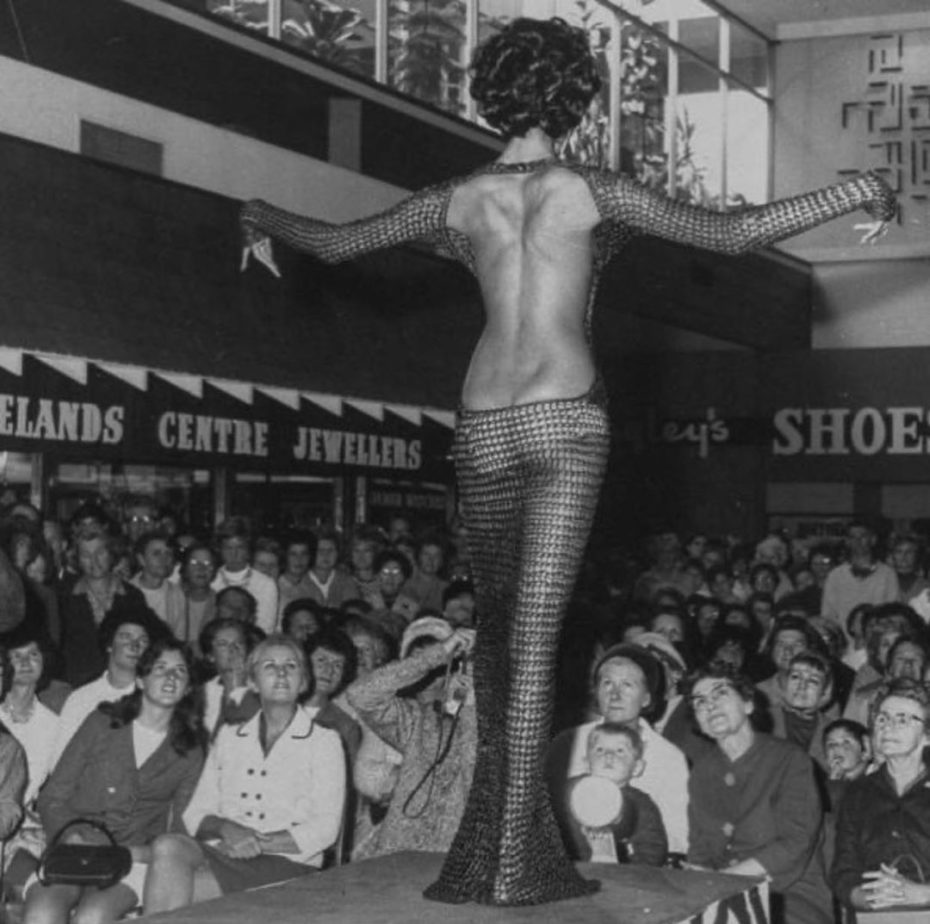
Luna also came from a childhood marked with trauma, as her mother fatally shot her abusive father in an act of self defence. What impact this event had on her family, one can only wonder – Luna didn’t like to discuss it openly.
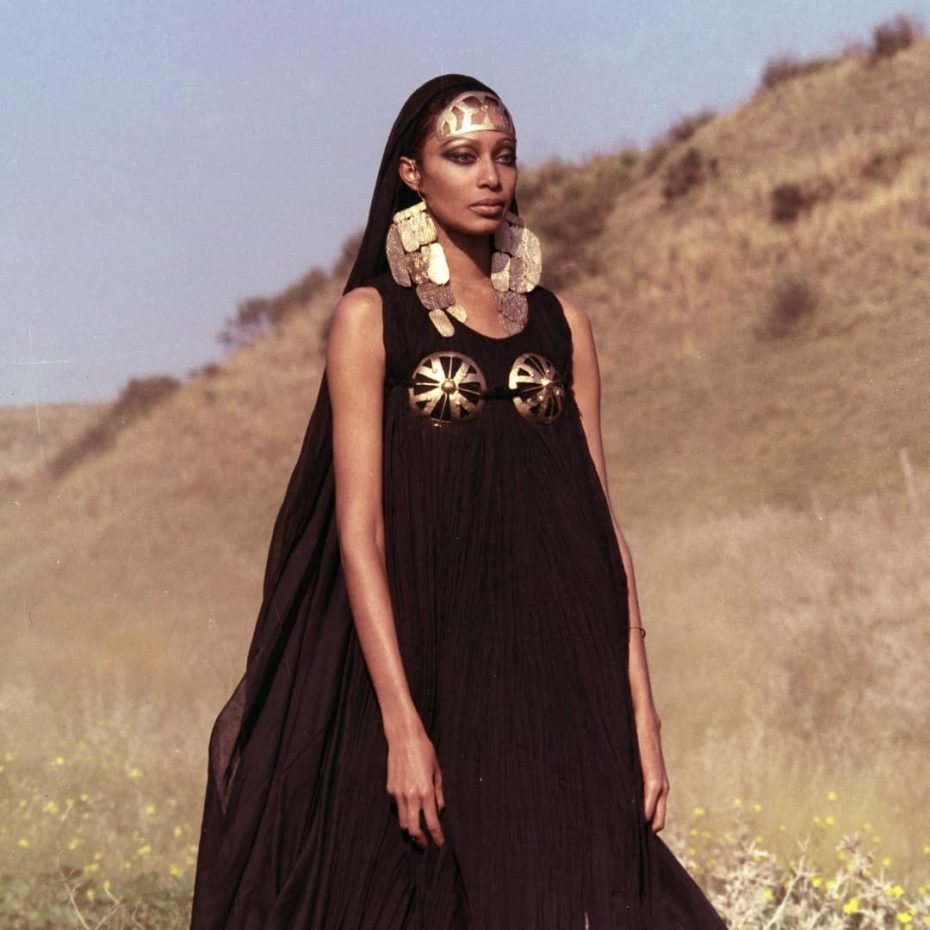
It was towards the end of the 1960s that Luna really stayed to fall in love with Italy. Not to mention, one very dashing Italian named Luigi Cazzaniga. “She met my father, an up-and-coming photographer and the twin soul who shared her vision,” writes her daughter Dream, “The two of them fell in love, indulged their creativity and travelled the world.”
“In one of their many shoots together, my father photographed her for Playboy as characters of her own devising – as an angel soaring over the Los Angeles skyline.”
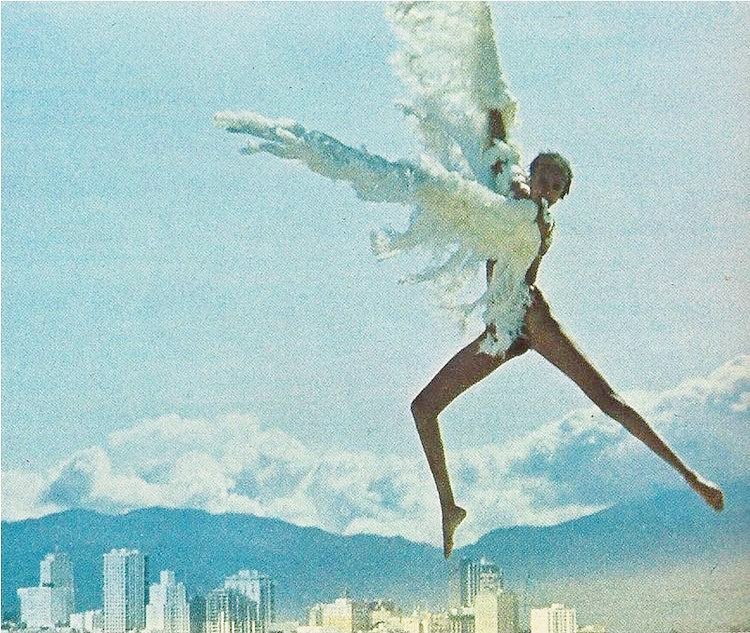
The couple only had the one daughter, Dream, before Luna passed away in 1979 at a clinic in Rome from drug-related complications at 33-years-old. Dream was just 18-months old.
“Some people declared her a Masai warrior, Gauguinesque, Nefertiti reborn,” writes her daughter, “Others claimed she was another species entirely – or from outer space! In fact, she was irreducible – and entirely herself.”
Maxime de La Falaise
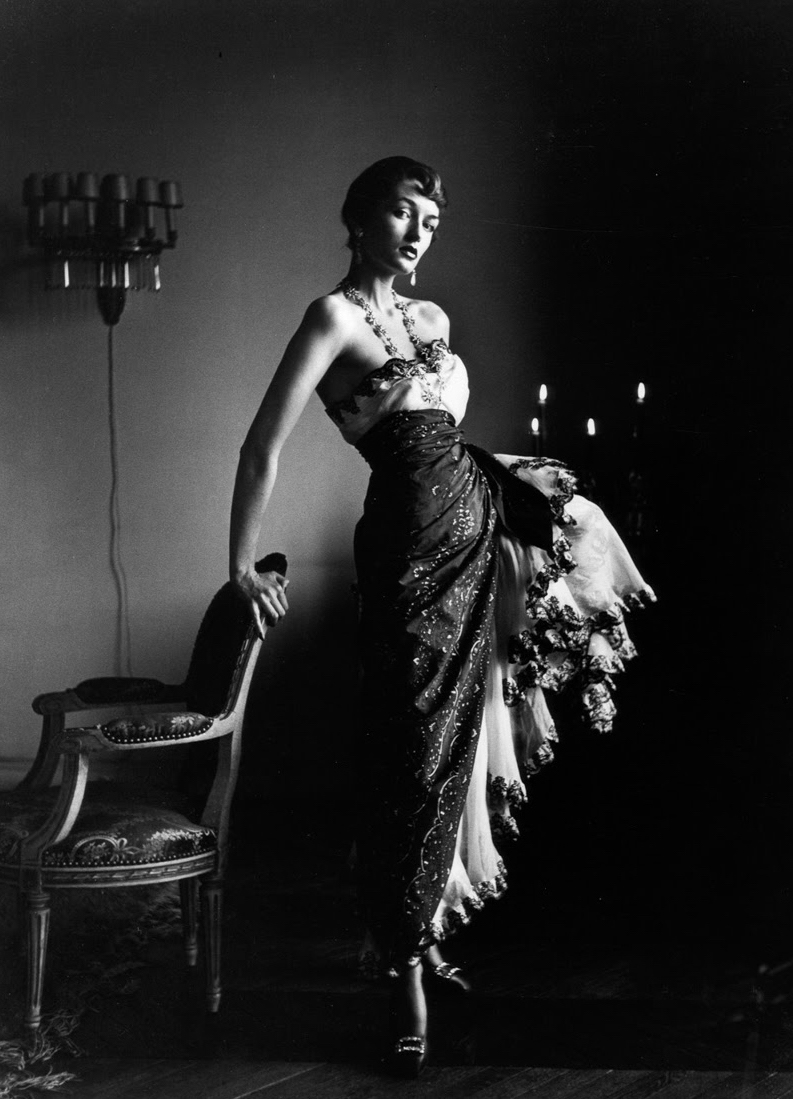
Maxine Birley (1922 – 2009), later known as Maxime de La Falaise was an elegant socialite, mother, code-breaker during the war, recipe book author, magazine columnist, muse, actress and model. Cecile Beaton called her “the only true chic Englishwoman”. Notable too, are her affairs with the rich and famous as well as her famously creative children and grandchildren.
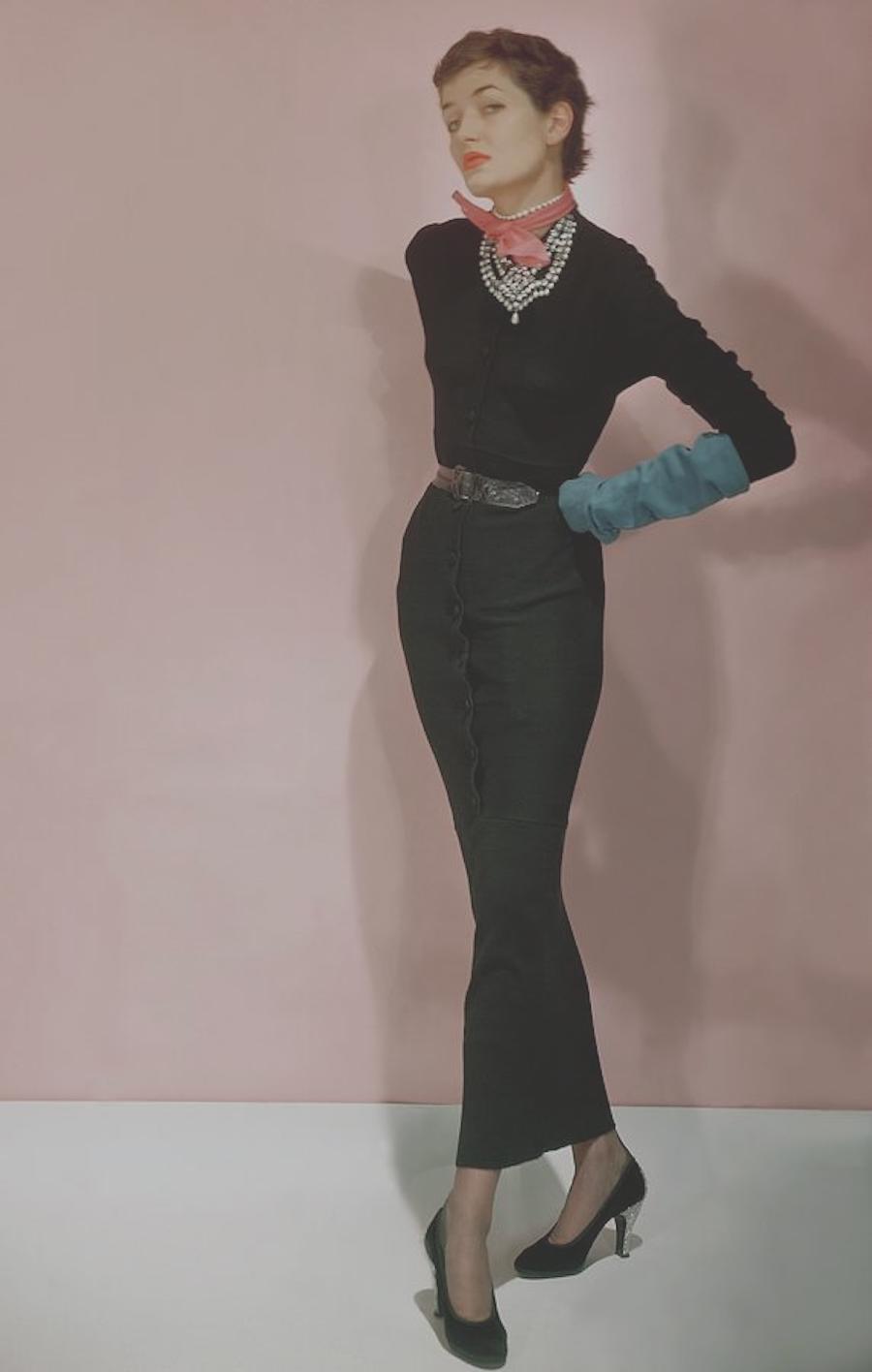
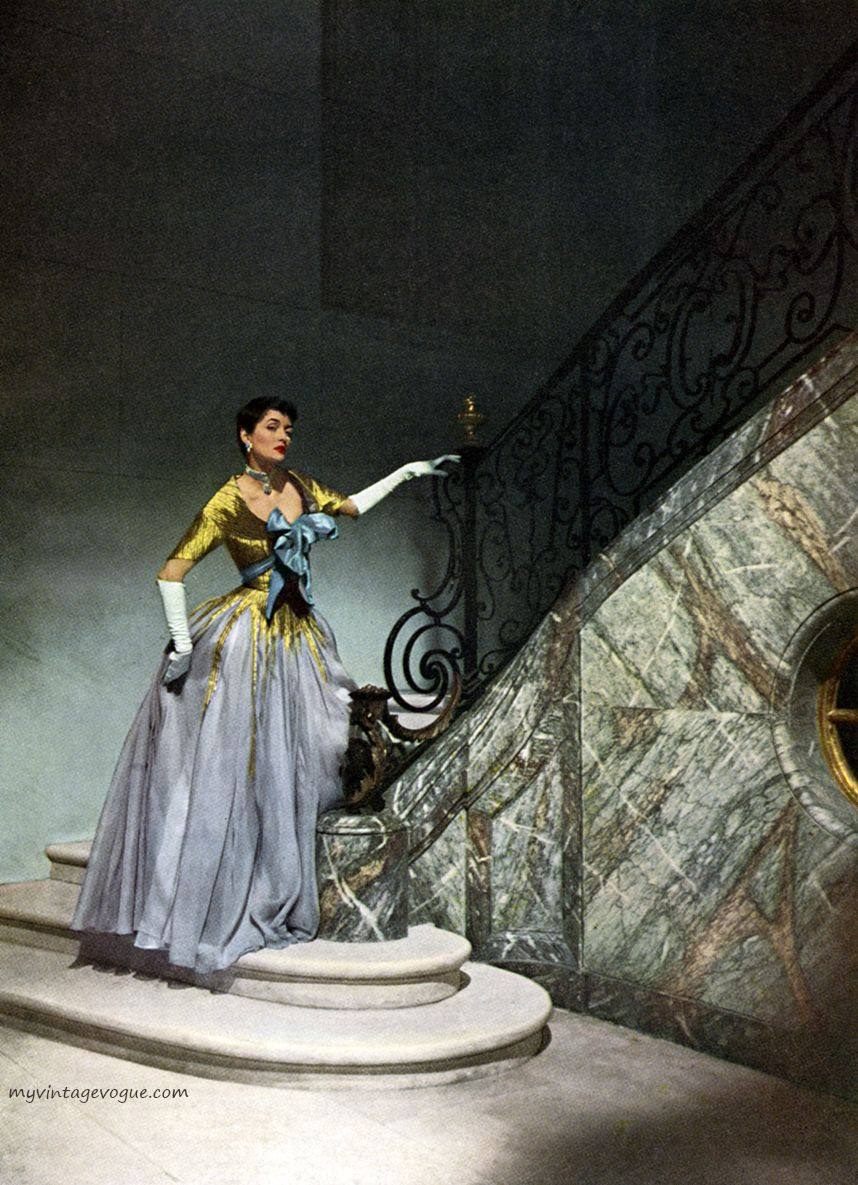
Born into an exceedingly wealthy aristocratic family in West Sussex, with both parents celebrated portrait painters, she seemed destined for success. She grew up in Hampstead and Charleston Manor, East Sussex, married French aristocrat Alain Le Bailly de La Falaise in 1946 and changed her name to ‘Maxime’. During WW2 she worked as code-breaker at the centre of the Allied code-breaking in Buckinghamshire but developed kleptomania and was deemed too infirm to continue.
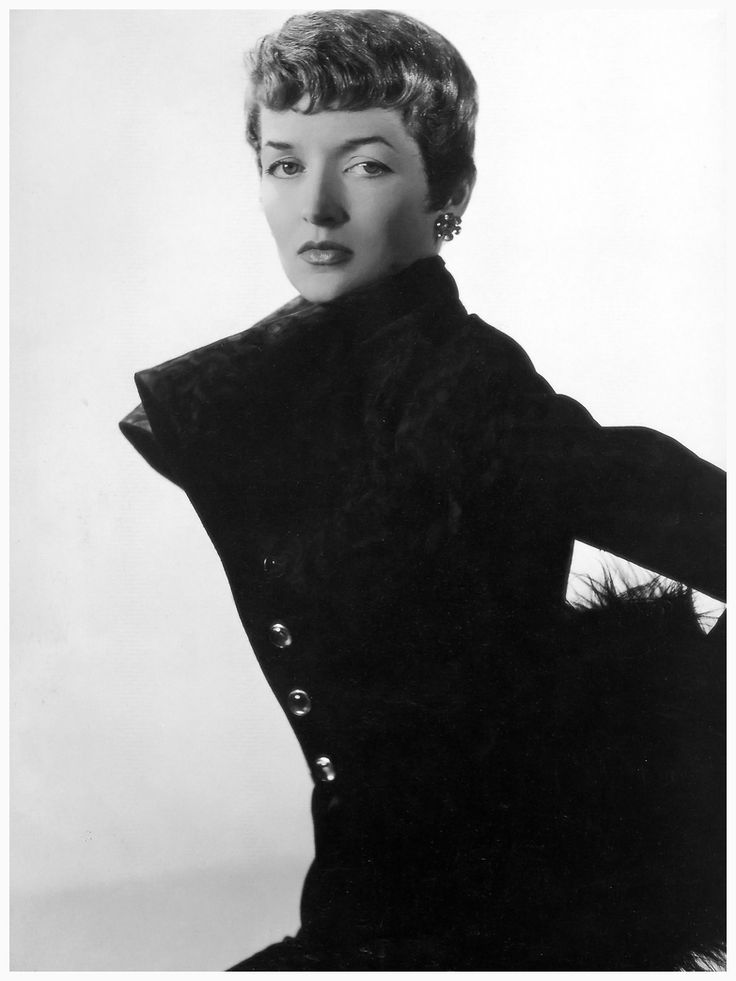
In the 1950s, she became house model to designer Elsa Schiaparelli and photographic model to Cecil Beaton who loved her characteristic quirky, uninhibited elegance. As a writer she excelled. In 1973, she published a recipe book with English dishes and wrote a food column for Vogue, a collection published in 1980 together with her own illustrations. Referred to as the ‘Factory Mother” Andy Warhol asked her to design a menu for Andymat, Warhol’s version of the ‘automat’, with wholesome dishes like shepherd’s pie, fish cakes and even a ‘nursery cocktail’ of milk on the rocks. Being in Warhol’s circle meant being part of his 1971 video-television project, Andy Warhol’s Nothing Serious. She also made an appearance in the film Blood for Dracula (1974).
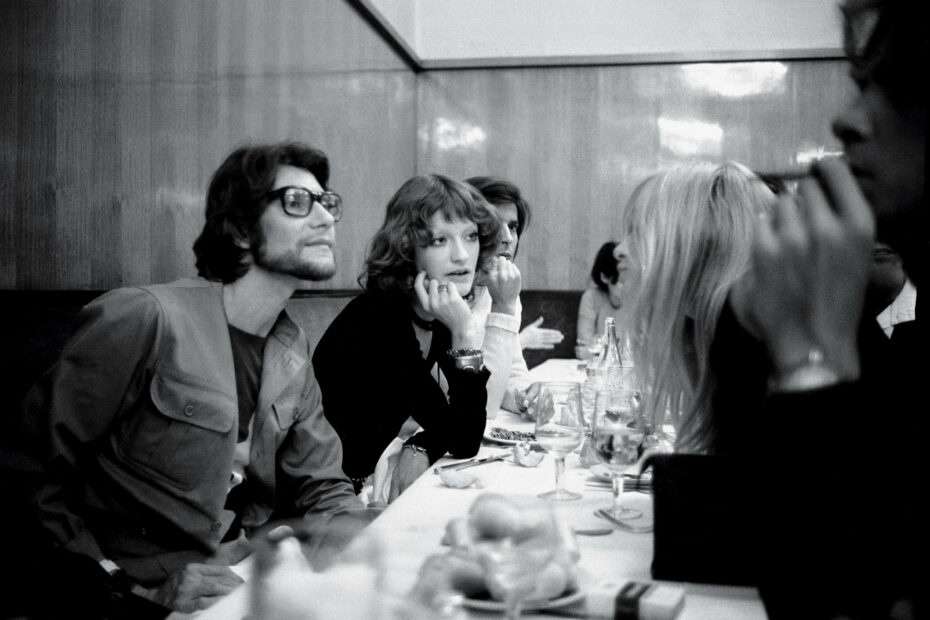
Countess Maxime de La Falaise divorced her husband the Count in 1950 following a string of (her) infidelities. Two children, Loulou de La Falaise (also a fashion model and muse to Saint Laurent) and Alexis de La Falaise, a furniture designer whose daughter Lucie de la Falaise (also a famous model) ended up married to Marlon Richards, the son of Keith Richards and Anita Pallenberg. Maxime de La Falaise married her second husband John McKendry, a curator at the Metropolitan Museum of Art. The couple allegedly had various affairs, most notably were Maxime’s liaisons with Paul Getty, surrealist artist Max Ernst and film director Louis Malle. Evidently a full life was had! Maxime de La Falaise died at her home in Provence on April, 30th, 2009, aged 86, of natural causes.
China Machado
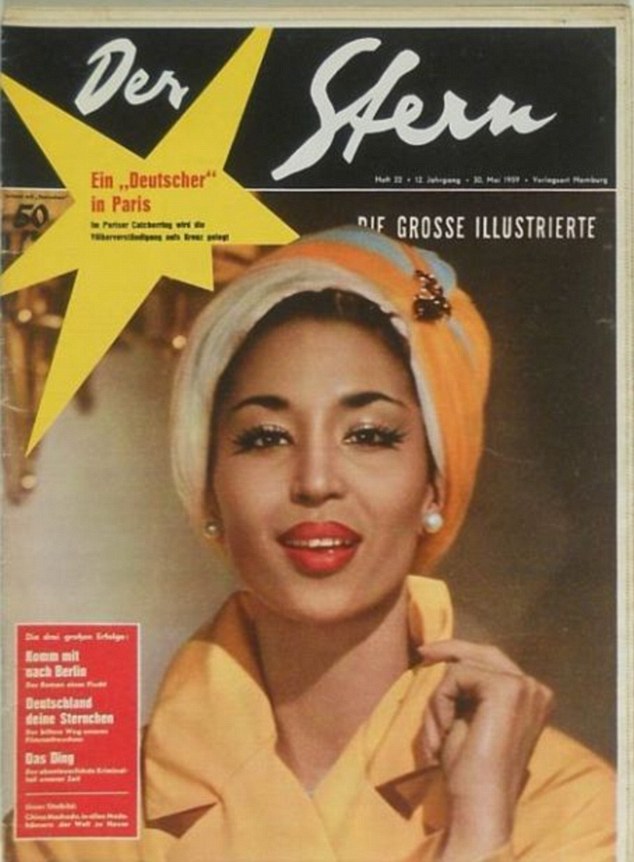
Born in 1929 to a Chinese-Indian and Portuguese father in Shanghai, long-term muse to the likes of Richard Avedon (who called her “probably the most beautiful woman in the world”), an extremely successful model, magazine editor, socialite and gallery curator, Machado was so much more than just a pretty face.
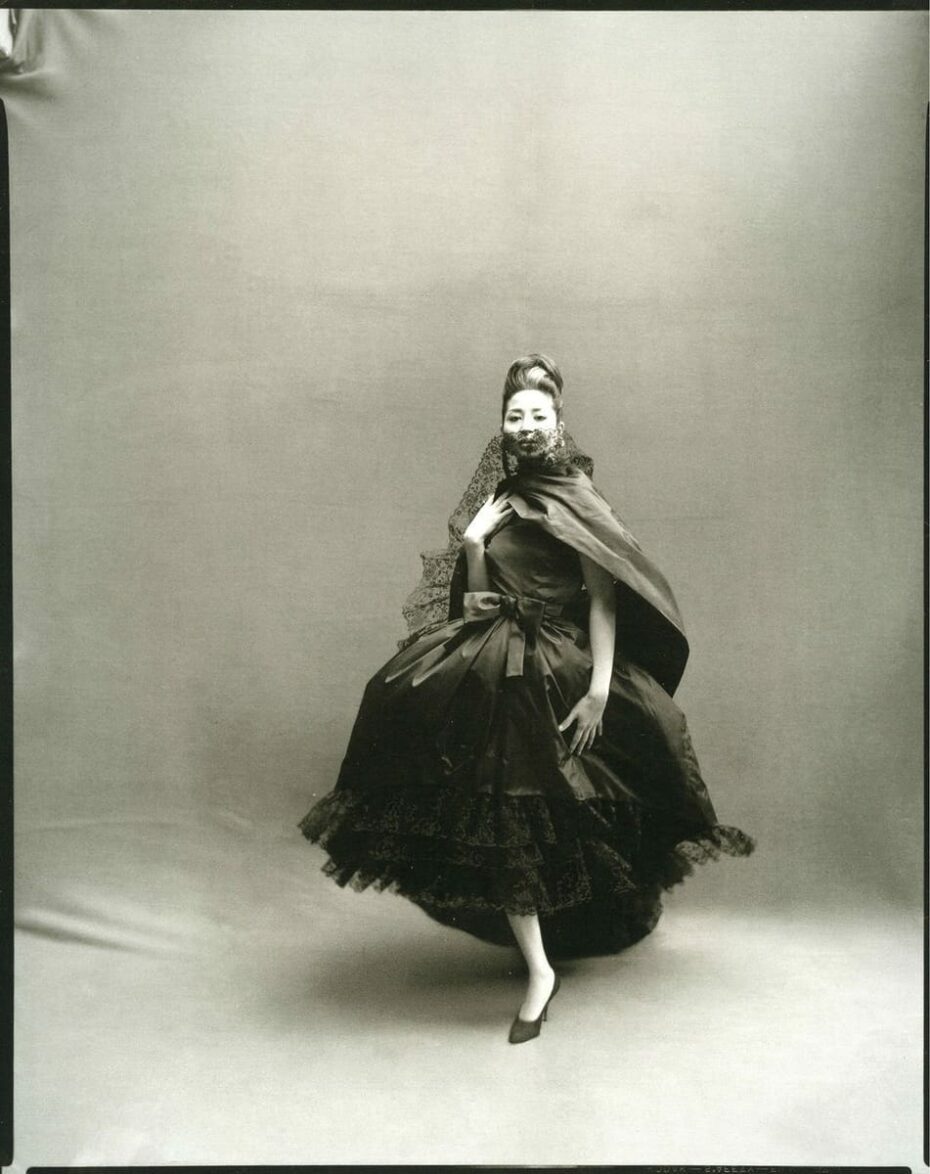
At age 19, Machado fell in love with bullfighter Luis Miguel Dominguin in Spain, and when the relationship ended, she found herself in Paris, modelling for Givenchy. Having never modelled before, she resorted to copying the girl in front of her. Her confident performance must’ve impressed maestro Givenchy, as he offered her a job. She ended up working for Balenciaga too, and during a three-year period earned a very substantial $1,000 per day, becoming the highest paid runway model in Europe at the time. Machado met Martin LaSalle, actor and political science student in Paris but left him for famed actor William Holding – only to return to LaSalle and marry him in 1957. They settled in New York, where she befriended Diana Vreeland and became close to Richard Avedon. His pictures of her featured in the February 1959 edition of Harper’s Bazaar despite a feared backlash against Machado’s mixed-race appearance. Machado and LaSalle had two daughters; divorce followed after Machado’s affair with a friend of her husband’s.
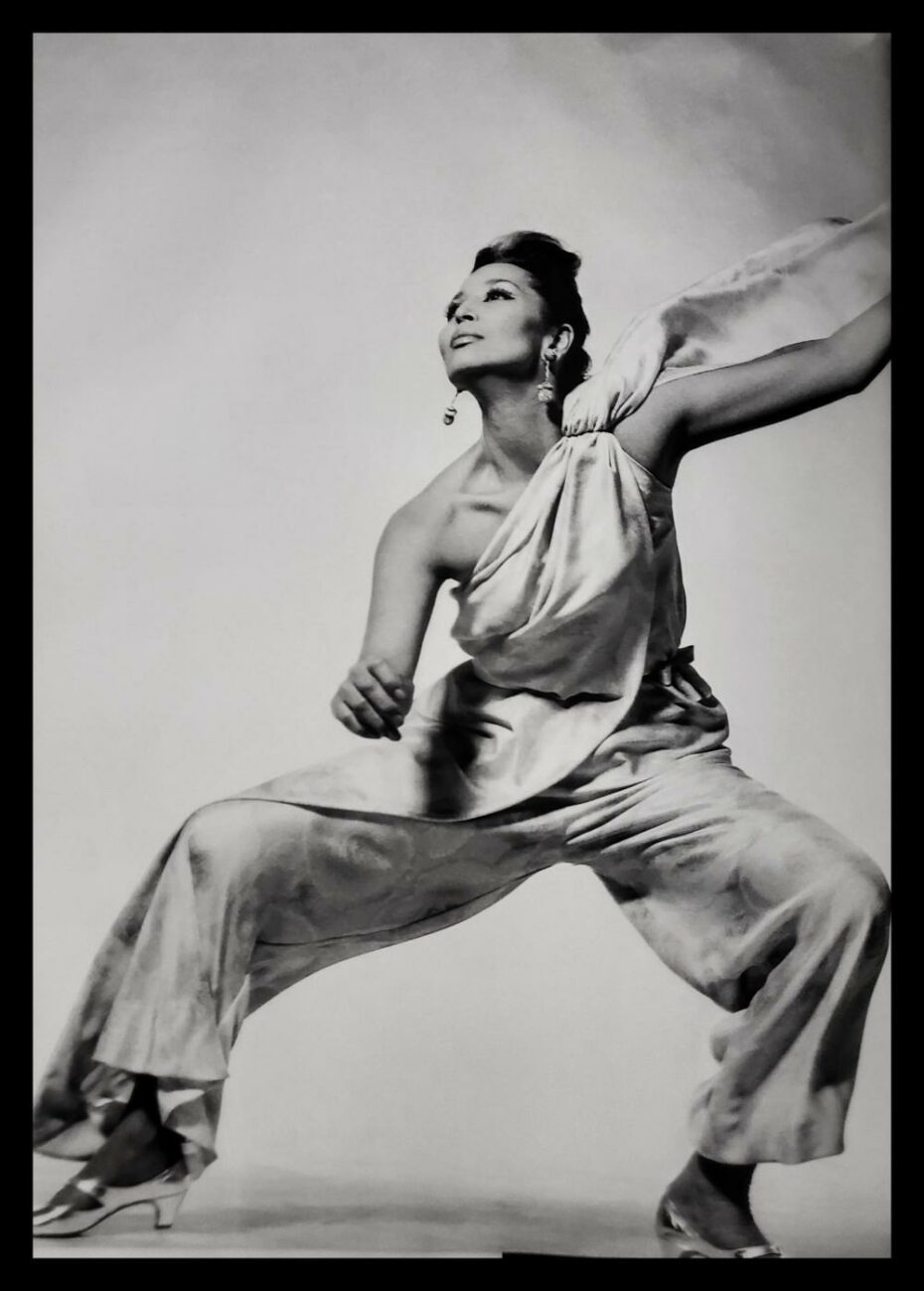
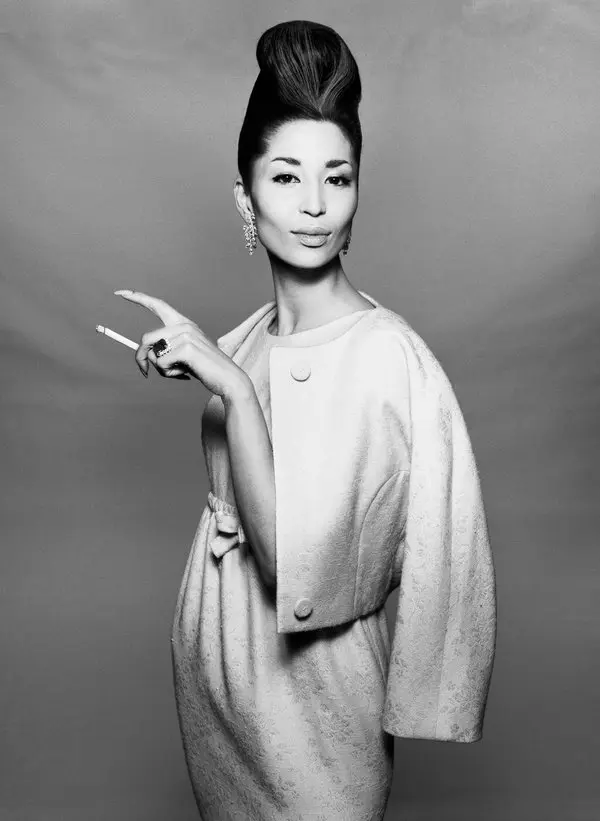
Machado secured the position of Harper’s Bazaar’s Senior Fashion Editor in the 1980s and soon she was Fashion Director, taking on challenges within fashion, publishing and TV. Her exceptional style was honoured with an inclusion on the International Best Dressed List in 1989. Two years later, she opened a gallery in New York where the likes of Avedon, Mary Ellen Mark and Hiro exhibited. She closed the gallery in 1998, retired from the art scene but resurfaced as model at age 82 in German and Spanish Vogue. Machado lived in New York from 1960 until she died of cardiac arrest in 2016, just before her 87th birthday.
Daisy Fellowes
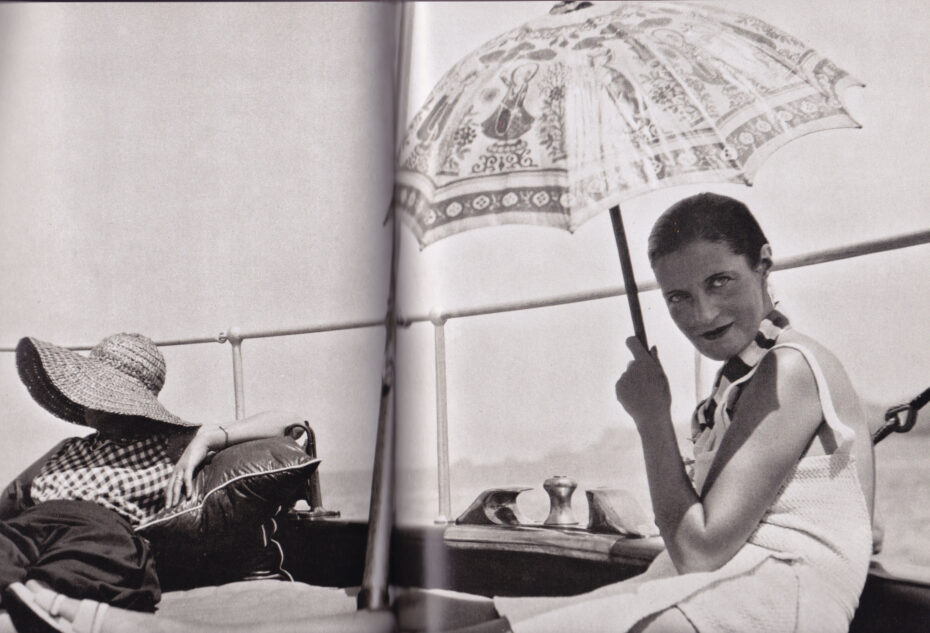
Marguerite Séverine Philippine Decazes de Glücksberg (1890 – 1962), better known as Daisy Fellowes was yet another celebrated beauty of pure aristocratic breeding. She was a mother, novelist, poet, socialite, patron of the arts and Paris editor of Harper’s Bazaar – and got up to some quintessential aristocratic antics, not least trying to seduce Winston Churchill (but failed). She was the only daughter of Isabelle-Blanche Singer of the famous Singer sewing machine empire, her father the Duke of Glücksberg. She and her siblings grew up with her aunt, a patron of the arts, Princess Edmond de Polignac, after her mother committed suicide.
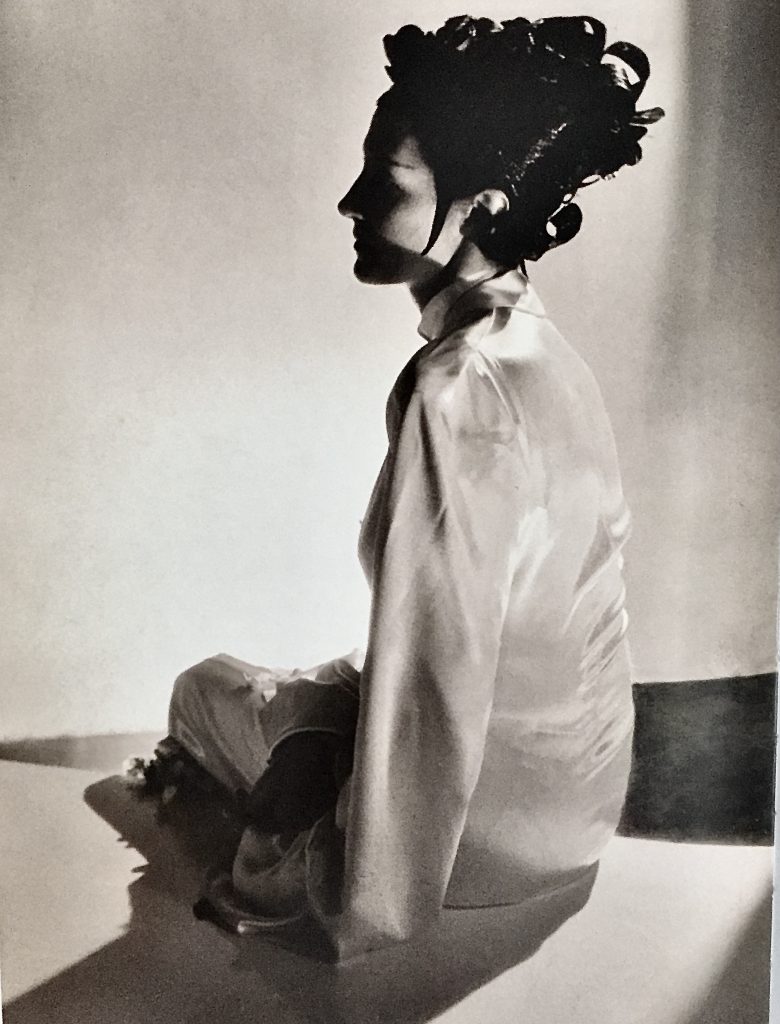
Daisy married her first husband, the Prince de Broglie in Paris in 1910. He died of influenza. but rumour has it the real reason may have been the exposure of his homosexual activities while serving in the French army in Algeria. Allegedly Daisy caught her husband in bed with the family’s chauffeur at some point too. The family lived in Crompton Beauchamp House, Oxfordshire, where the three princesses Emmeline, Isabelle and Jacqueline were raised. Of the girls, their eccentric mother reportedly said, “The eldest, Emmeline, is like my first husband only a great deal more masculine; the second, Isabelle, is like me but without guts; [and] the third, Jacqueline, was the result of a horrible man called Lischmann…”
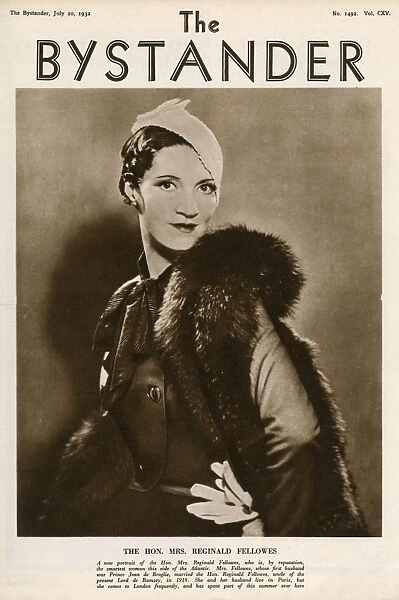
Daisy’s second husband was Winston Churchill’s cousin and son of 2nd Baron de Ramsey, the Hon. Reginald Ailwyn Fellowes, with whom she had one child. Duff Cooper, British ambassador to France, was one of Daisy’s lovers, and rumour has it that she tried (unsuccessfully) to seduce Winston Churchill – to settle for his cousin instead. Daisy produced a few literary works – a few novels (Cats in the Isle of Man being one of these) and some poetry. She also made her mark in the fashion history books – she was known as one of the ‘most daring’ fashion plates of the 20th century and she soon became designer Elsa Schiaparelli’s most influential patron; she was also a steadfast supporter of the jewellers Cartier and Suzanne Belperron. She died in 1962 in her apartment at rue de Lille, Paris.


